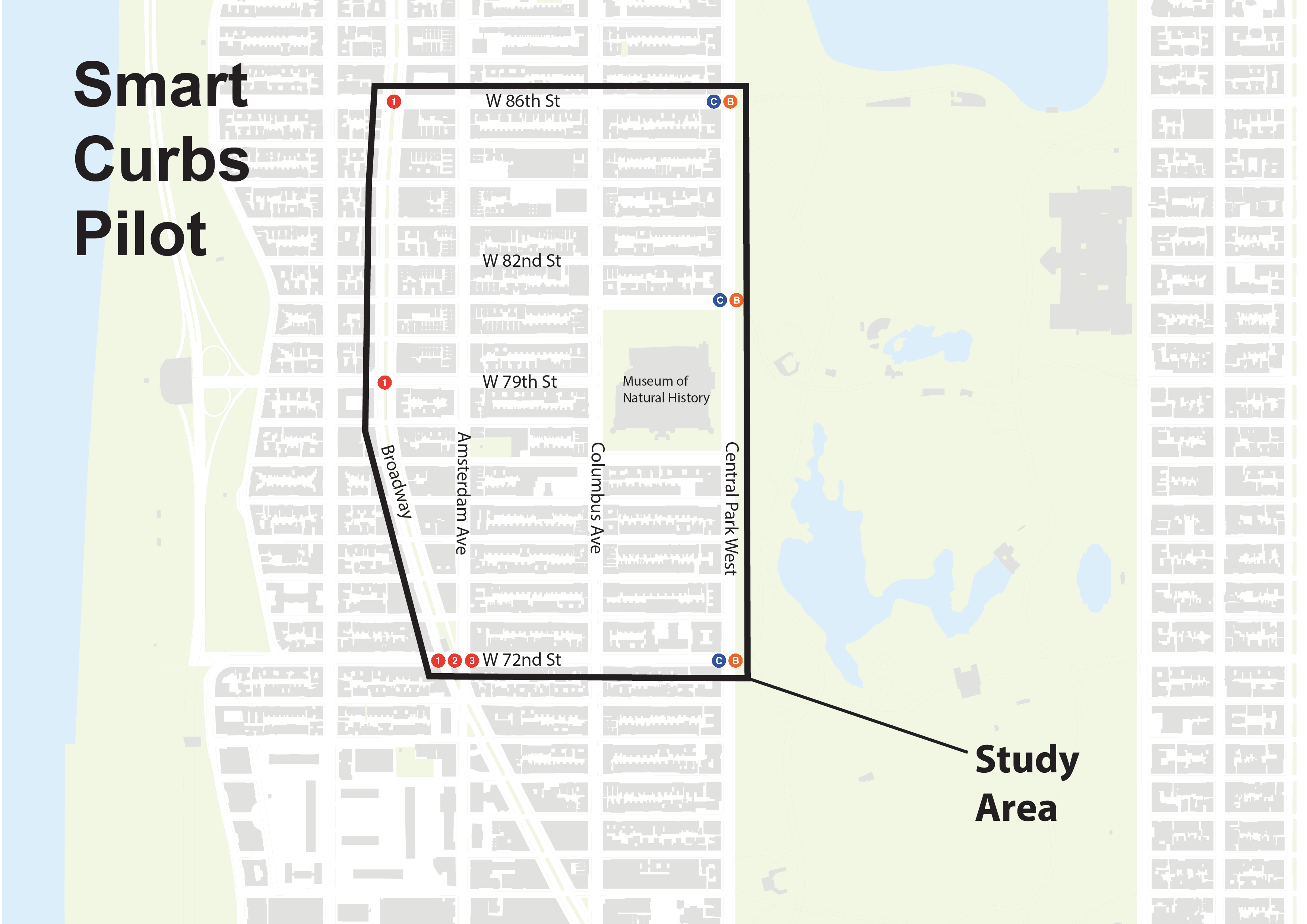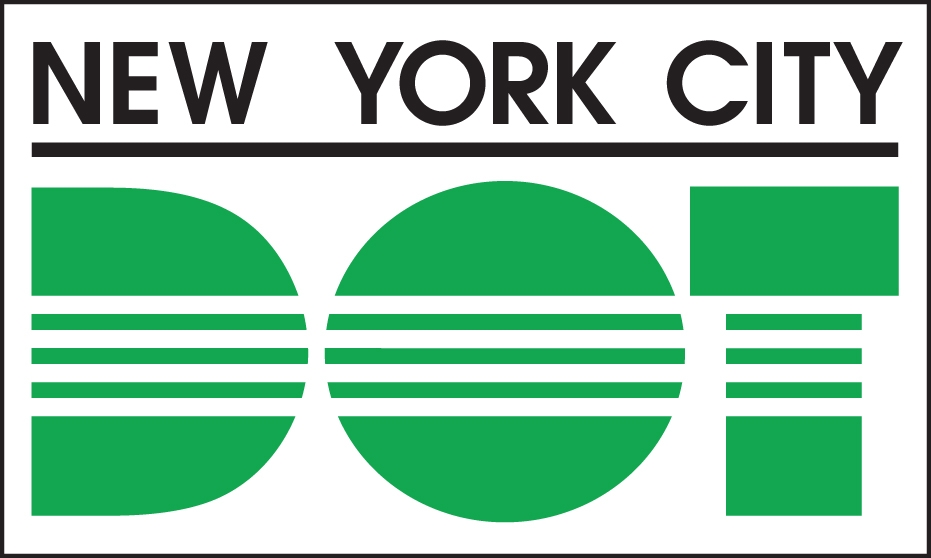What is Smart Curbs?
The Smart Curbs pilot was announced in NYC DOT's Curb Management Action Plan in September 2023. In Smart Curbs neighborhoods, NYC DOT will use public engagement and a data-driven approach to install new curb uses like loading zones, bike parking, carshare, public space, and other innovations. Smart Curbs is an effort to plan at the curb in a more comprehensive, geographically focused way.
Competition at the Curb
Demand for curb space in New York City – from trash collection and bike lanes to truck loading and parking – is increasing. Many factors are driving the increased demand for curb space, including online shopping, food delivery, app-based for-hire vehicles, outdoor dining, waste containerization, and evolving modes of transportation (bicycles, e-bikes, scooters, etc.).
Smart Curbs and the Curb Management Action Plan are efforts to address the dynamic community needs of today while better preparing the city's streets for the future. Improved management of the curb can improve mobility, access, and the flow of people, goods, and services, while moving the city closer to achieving its sustainability goals.
Why the Upper West Side?
The Upper West Side is one of the densest residential neighborhoods in the United States and has several major commercial streets. This high density and the significant increase in demand for different curb uses makes it an ideal location to pilot the Smart Curbs comprehensive curb planning approach. The Upper West Side also has one of the lowest vehicle ownership rates in the United States, with approximately 73% of households not owning a car; the neighborhood's limited curb space must accommodate a diverse range of needs.
The Smart Curbs pilot boundaries are West 86th Street to the north, Central Park West to the east, West 72nd Street to the south, and Broadway to the west.
Public Engagement
NYC DOT is requesting your feedback to help inform planning for Smart Curbs Upper West Side. Using our online feedback map, we invite you to tell us about curb management-related problems you have experienced or observed in the neighborhood.


